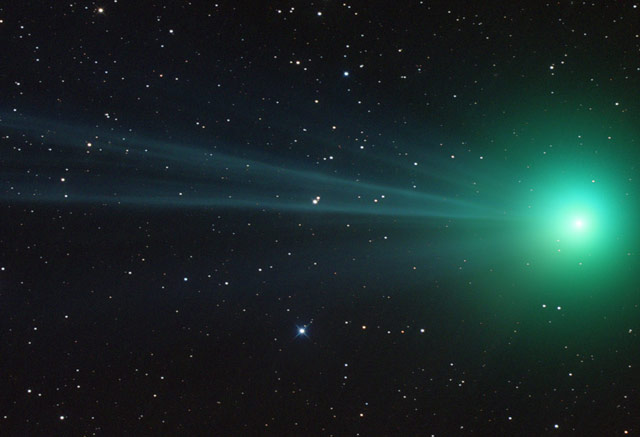Hi everybody
Light Pollution – Facts for Kids
Thieves are stealing something that belongs to you. It's something you inherited from countless generations of your ancestors: a view of the night sky. The unnecessary lighting that hides it also damages wildlife, increases air pollution and can damage your health. What can we do?
http://www.bellaonline.com/articles/art183187.asp
“Light Pollution” is a fuller version of the article. It's at: http://www.bellaonline.com/articles/art180721.asp
April 20-26, 2014 is International Dark Sky Week. It's held each year in a week in April around the time of the new Moon. It grew out of National Dark Sky Week held in the USA for several years. In turn, that grew from the desire of one Virginia teenager to celebrate the sky and get people to understand what light pollution has done to it.
My Pinterest board “Endless Day” has images relating to light pollution: http://www.pinterest.com/astrobella/endless-day/
*Happy birthday, Jan Oort (1900-1992)*
Jan Oort was born on April 28, 1900. He was a Dutch astronomer who made numerous major discoveries in astronomy. He discovered the galactic halo – see “Milky Way – Our Galaxy” http://www.bellaonline.com/articles/art179853.asp He was the first person to find evidence for dark matter, calculated the distance to the center of the Galaxy, and worked out the mass of the Milky Way. He wasn't the first person to suggest that comets originate in a region of the outer Solar System, but it was his work that got noticed. This region is now called the Oort Cloud after Jan Oort: http://www.bellaonline.com/articles/art41894.asp
*Lunar eclipse*
Did you get to see the lunar eclipse? A number of people noticed a blue edging to the Moon. http://www.pinterest.com/pin/250090585532332198/ Professor Richard Keen explained that this is due to ozone in the upper stratosphere. Most of the sunlight that illuminates the Moon during an eclipse is red, but the ozone in the upper atmosphere absorbs the red and makes the light bluer.If there's volcanic dust or aerosols clogging up the atmosphere, you get dark red eclipses. Professor Keen said that this orange eclipse with a turquoise fringe suggests a clear stratosphere.
To participate in online discussions, this site has a community forum all about Astronomy located here - http://forums.bellaonline.com/ubbthreads.php?ubb=postlist&Board=323
Please visit astronomy.bellaonline.com for even more great content about Astronomy.
I hope to hear from you sometime soon, either in the forum or in response to this email message. I welcome your feedback!
Do pass this message along to family and friends who might also be interested. Remember it's free and without obligation.
I wish you clear skies.
Mona Evans, Astronomy Editor
http://astronomy.bellaonline.com
One of hundreds of sites at BellaOnline.com
.
astronomy Newsletter








